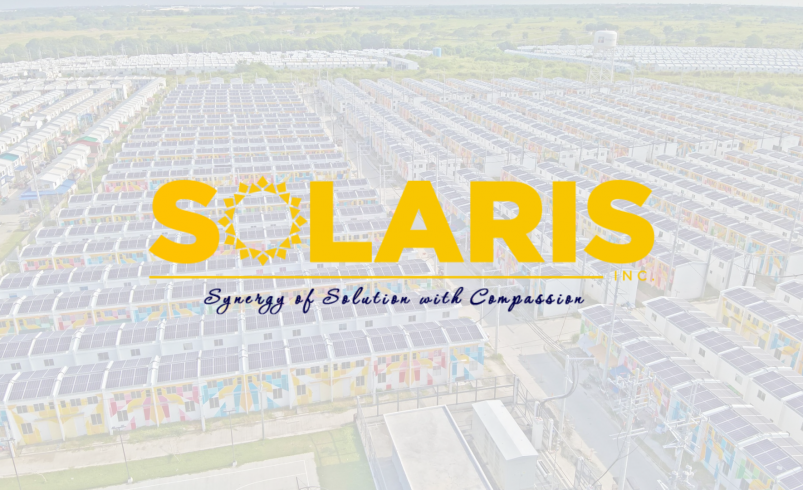Solaris Bets on Rooftop Solar as Social Housing Becomes a Platform for Clean Energy
- September 12, 2025
- 0

Solaris Inc. is betting big on rooftops. Fresh from securing 35 megawatts (MW) of rooftop solar projects in Luzon under the Department of Energy’s Green Energy Auction Program (GEA 4), the company is preparing to replicate a model it first tested in Naic, Cavite.
That model is the Ning*Ning Rooftop Solar Project, a 6.5 MWp installation that began operating earlier this year. Unlike typical large-scale solar farms built on wide tracts of land, Ning*Ning puts solar panels directly on the homes of socialized housing communities. Six panels are placed on each rooftop, generating about 3.6 kilowatts per household. Entire villages add up to as much as 6.5 MWp of capacity—enough to supply clean power while transforming unused roof space into productive assets.
For Solaris president and CEO Jose Alfonso C. Miras, the project proved two things: renewable energy doesn’t have to compete with agriculture for land, and communities can directly share in its benefits.
“Each household is entitled to Home Assurance Stipend (HAS). We accumulate that money and give them through a foundation in order to manage the money properly,” Miras explained. The foundation channels funds into basic services like street lighting, garbage collection, playgrounds, and even emergency vehicles. In Naic alone, this generates around PHP2.4 million annually for residents.
Miras said that kind of impact is exactly why Solaris is doubling down on rooftop projects. “If you develop your solar project on top of the roof, practically you won’t have displaced land for agriculture.”
The company now aims to replicate Ning*Ning through three more rooftop projects in Cavite, Bulacan, and Pampanga—together making up the 35 MW capacity it won in GEA 4. For Solaris, the government auction is more than a contract mechanism; it’s a pathway to scale. “If you look at the results of GEAP, we’re the only ones there… in the rooftop space,” Miras pointed out, adding that the long-term contracts provide certainty for financing and growth.
Solaris’ approach also signals how smaller players can carve a niche in an industry dominated by larger energy firms. Instead of racing to build the biggest solar farm, it focuses on speed, agility, and underserved markets. “We generate electricity, we make a small profit out of that business, and then at the end of the day, we help each other,” Miras said.
With more socialized housing developments rising across the country, Solaris believes its Ning*Ning model can be scaled nationwide. Beyond energy output, the company sees it as a template for aligning clean energy expansion with social and agricultural priorities—a “win-win-win” as Miras calls it.
The question now is whether other developers will follow suit. Rooftop solar tied to social housing is still a niche within the Philippines’ renewable energy sector, but Solaris is proving it can work at scale, with communities reaping both economic and environmental rewards.
What do you think about Solaris’ approach of tying rooftop solar projects directly with social housing and community benefits—should more developers adopt this model?
Follow Power Philippines on Facebook and LinkedIn or join our Viber community for more updates.